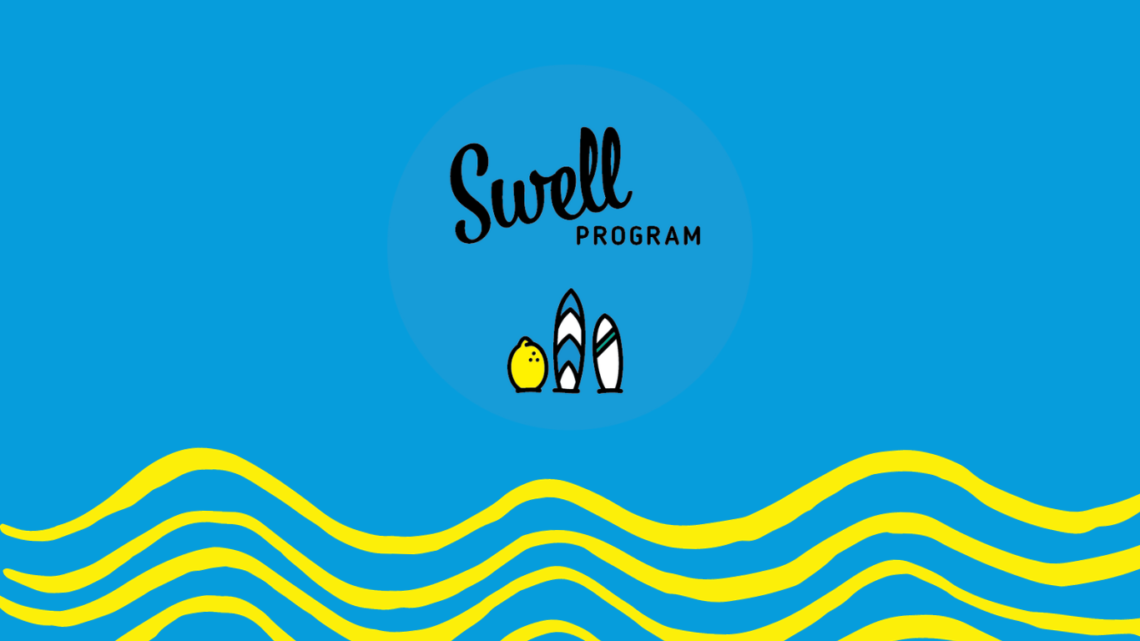Have you ever wondered how to navigate the Fringe Benefits Tax when planning your business’ Christmas party? Well, fret not! We’ve got you covered with all the details on how to keep the party going without breaking the Christmas budget.
First things first, let’s define Fringe Benefits Tax (or FBT). It is a tax imposed by the Australian government on non-cash benefits that employers provide to their employees. The purpose of this tax is to ensure businesses are paying their fair share of tax on employee benefits, such as Christmas parties and gifts, that may not be considered part of an employee’s salary or wages. This includes company cars, health insurance, and yes, even Christmas parties. But don’t worry, not all Christmas parties are subject to FBT. If you follow the guidelines set by the Australian Taxation Office, you might be able to avoid paying FBT altogether.
The Christmas Party Tax Rule states that if your business provides a Christmas party for your employees, their associates, and/or your clients, and if the cost per person exceeds $300, then in most cases FBT will apply to the entire cost of the party. But don’t get your tinsel in a tangle just yet! By simply ensuring you stay under $300 per head, the cost of the party will generally be exempt from FBT.
There are some variables to consider though, so we have pulled together a handy table to help you understand how the Christmas Party Tax Rules apply to you.
| In house/ Off site | Cost per Head | Who are the Guests | FBT Applicable? | Deductible? |
| In House | Under $300 | Employees | No | No |
| In House | Under $300 | Associates | No | No |
| In House | Under $300 | Clients | No | No |
| In House | Over $300 | Employees | No | No |
| In House | Over $300 | Associates | Yes | Yes |
| In House | Over $300 | Clients | No | No |
| Off Site | Under $300 | Employees | No | No |
| Off Site | Under $300 | Associates | No | No |
| Off Site | Under $300 | Clients | No | No |
| Off Site | Over $300 | Employees | Yes | Yes |
| Off Site | Over $300 | Associates | Yes | Yes |
| Off Site | Over $300 | Clients | No | No |
If you’re looking to avoid FBT, one of the most important things to remember is to invite all your employees to the party and keep the cost per head within the acceptable limit. This limit changes every year, so be sure to check the latest figures again next year.
Another way to avoid FBT is to hold the party on your business premises during work hours. This way, the party can be considered a “minor benefit” and is exempt from FBT.
And lastly, make sure to keep accurate records of all expenses related to the party, as these will be needed when you lodge your next tax return.
Are staff gifts subject to FBT?
When it comes to spreading Christmas cheer to your employees, don’t let FBT be the Grinch who stole your Christmas budget! It’s important to note that staff gifts and staff Christmas party expenses are treated together as one jolly package, and if it stays under $300 per person and isn’t frequent, you’ll be spared from FBT. But if you go over a combined $300 per head for the gifts and the party, you’ll have to pay FBT and will also have to do another lodgement too. Our friendly advice? Keep it simple and stick to the budget, so you can enjoy the season without any extra headaches.
In a very festive nutshell, it’s crucial for businesses to understand the rules and regulations surrounding Fringe Benefits Tax during the Christmas season. By doing so, you can ensure your business is compliant and avoid any potential penalties or fees. With these tips in mind, you can now plan your Christmas party with ease and avoid any unwanted surprises come tax season. Happy party planning!




